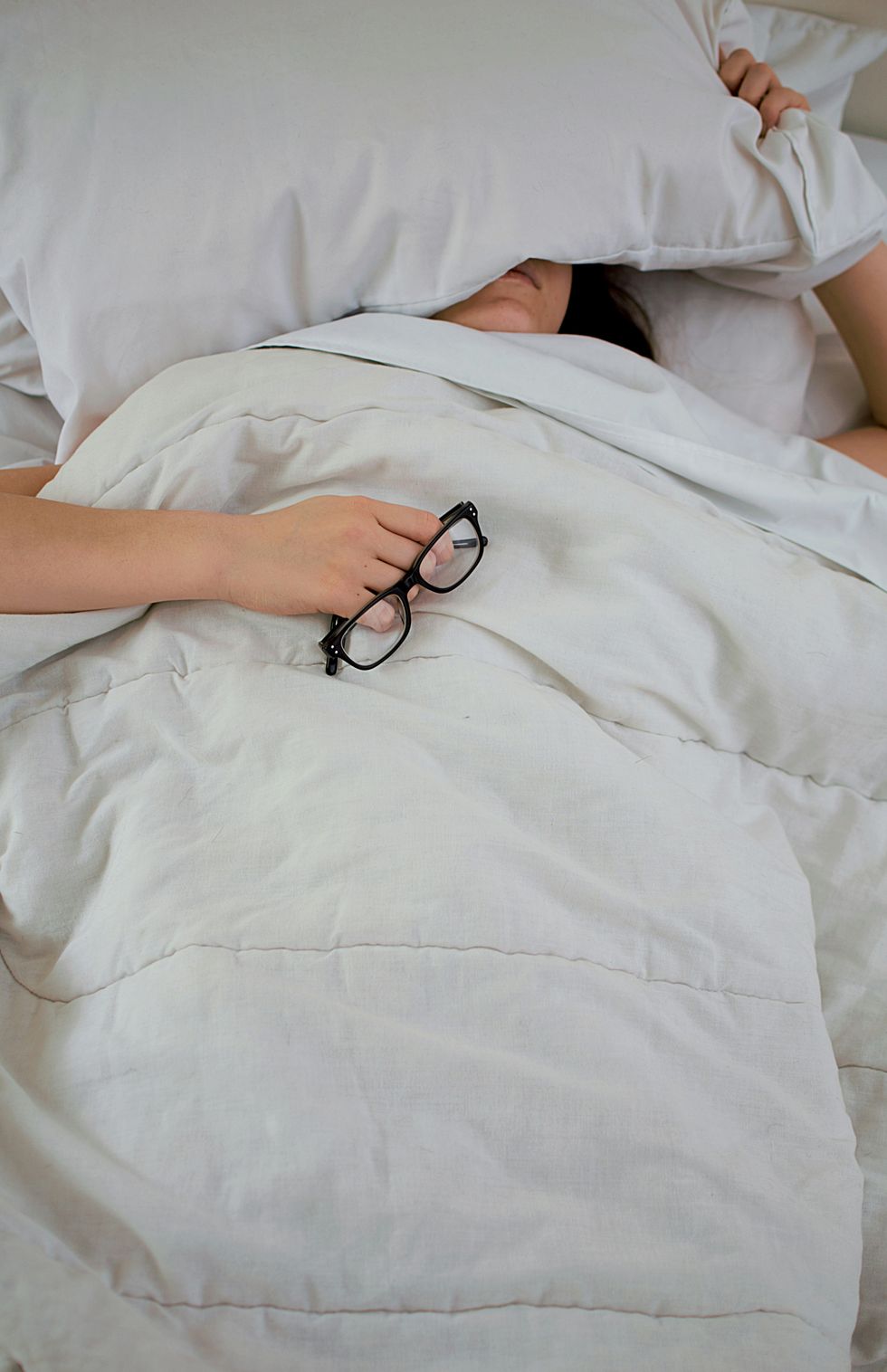As technology advances in the 21st century, the rate at which we use it to alter our bodies advances, too. Plastic surgery is becoming more and more common in the United States and around the world, and it is changing the way that we view our bodies. In 2013, 1.7 million surgical cosmetic procedures and almost 9 million nonsurgical cosmetic procedures were performed in the United States. This influx in plastic surgery is connected to the rise of the medicalization of the body.
By treating human conditions with scientific, technological and diagnostic means, the body becomes medicalized and the subject of medical study. This new rise in medicalization coupled with the ever present infatuation with unrealistic beauty standards make plastic surgery in all forms a viable and compelling option for both men and women who are uncomfortable with their bodies.
The question that must be asked is why these individuals came to believe that they needed to result to a medical surgery because of the physical, aesthetic appearance of their bodies. This can be determined to be mainly due to the detrimental images of ideal and standard bodies in the media. The harmful body images portrayed by the media have amalgamated with the medical industry to generate a culture of medicalization involving aesthetic surgical procedures which further perpetuate the idealized “standard” bodies.
These unrealistic body image portrayals are dangerous for both men and women, but even more so for the latter. “The standards of beauty for women tend to be sexually appealing to heterosexual men and produce idealized versions of Western and White women’s faces and bodies”.
While the media portrays unattainable images of female bodies, women try harder and harder to make their bodies something that is unnatural to them and potentially dangerous: “women exercise, diet, and have surgical procedures to look pubescent, with prominent breasts, narrow waists, rounded hips, and tight buttocks and thighs”. When women are unable to achieve these idealized looks through diet and exercise alone, their bodies are deemed problematic and must be treated with medical care; they become medicalized.
Medicalization of the body also usually coincides with objectification of the body, or seeing the body as parts rather than as a whole. In this regard, certain parts of the body can be deemed in need of medical attention, diagnosed and treated. The construction of the body as a site of illness or disease that needs to be treated through medical attention also creates power dynamics between patients and physicians: “Feminists argue that cosmetic surgery defines women’s looks by the ‘male gaze’ that objectifies and sexualizes them. In this sense, cosmetic surgeons, most of whom are men, are replicating and reinforcing the way male-dominated Western culture views women.”
Physicians, deemed knowledgeable and authoritative on medical matters, may have the upper hand in relations with patients. Even if a patient does not agree with what a physician tells them or does not feel completely comfortable with something, they may be inclined to accept it or go along with it because the physician is believed to know what is best in the situation, in turn affecting the patient’s autonomy. This is especially true in circumstances involving a male physician and a female patient because it plays into gender dynamics as well.
The medicalization of the body in terms of fatness has been occurring for many years. Fatness has become an obsession in the United States and other countries, and the concept that any amount of excess fat is unhealthy, supported by medical claims, has been consistently promoted by the World Health Organization.
In the wake of this widespread news, many people turned to cosmetic surgery as an answer to their fat woes. In terms of standard beauty norms, what it means to be “fat” for women is drastically different from what it means to be “fat” for men.
Many women who elect to have plastic surgery feel that they are making this decision of their own autonomy, and that they are doing it as an act of self-confidence or identity. But why do almost eight times as many women elect to have liposuction than men? The most obvious answer is because there are much more strict beauty norms and standardized bodies representative of women than of men. The images portrayed in the media are infinitely more unachievable when it comes to women, and yet are pushed and expected much more than those for men. This creates a concept that female bodies must meet an unachievable norm, deeming those who do not as sites of illness and in need of medical attention.
Historically, women’s bodies and minds have been the main subject of the medical and health field, from prescribed diets and diet medications, to the birthing process. What is interesting is that these prescribed norms have fluctuated over time; physicians once advised women to “get plump” yet now they advise to “get thin”.
What is evident throughout medical history, however, is that there has been a consistent power dynamic between physicians and female patients. The healthcare industry has habitually determined what women’s bodies should look like, and prescribed methods of how women can achieve this. Women’s bodies, overwhelmingly more so than men’s, have historically been the subject of medicalization and scrutiny.
As women’s standardized body is typically smaller than average, and men’s is typically larger than average, it is usually more socially acceptable for men to be overweight than for women. The acceptance by the public for overweight men, coupled with the less drastic standardized body image, makes men less likely than women to resort to cosmetic surgery for weight loss.
Throughout scientific history, both male and female bodies have been scrutinized, diagnosed and treated through medicalization. However, female bodies have been much more often the subject of medical study and prescription. This correlates to the abundant amount of images and portrayals of female bodies in the media and the unrealistic standards that they set.
Through technological advancements, surgical cosmetic procedures have become a popular method for people to alter their bodies to become “healthier” or more ideal. However, this is typically performed much more often on women than men. Through medicalization, human bodies are studied and made subject to medical diagnoses, leading to the mentality that bodies are something that should always be scrutinized and improved upon. This unhealthy view of human bodies is potentially damaging for ourselves and future generations, and must be recognized for what it is: a power dynamic.





 Photo by
Photo by  Photo by
Photo by  Photo by
Photo by 



















